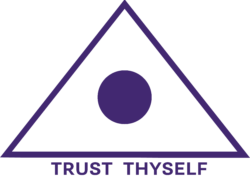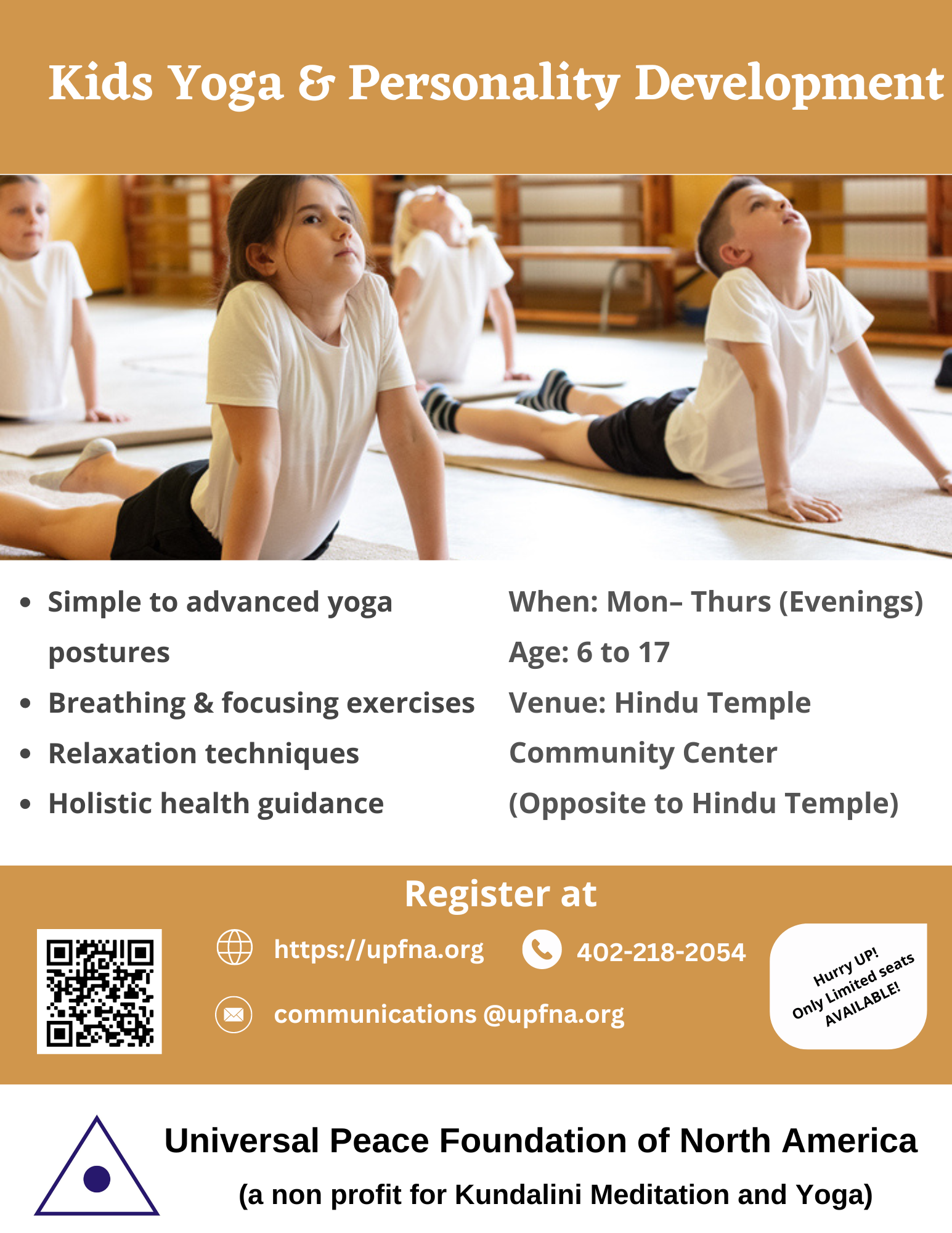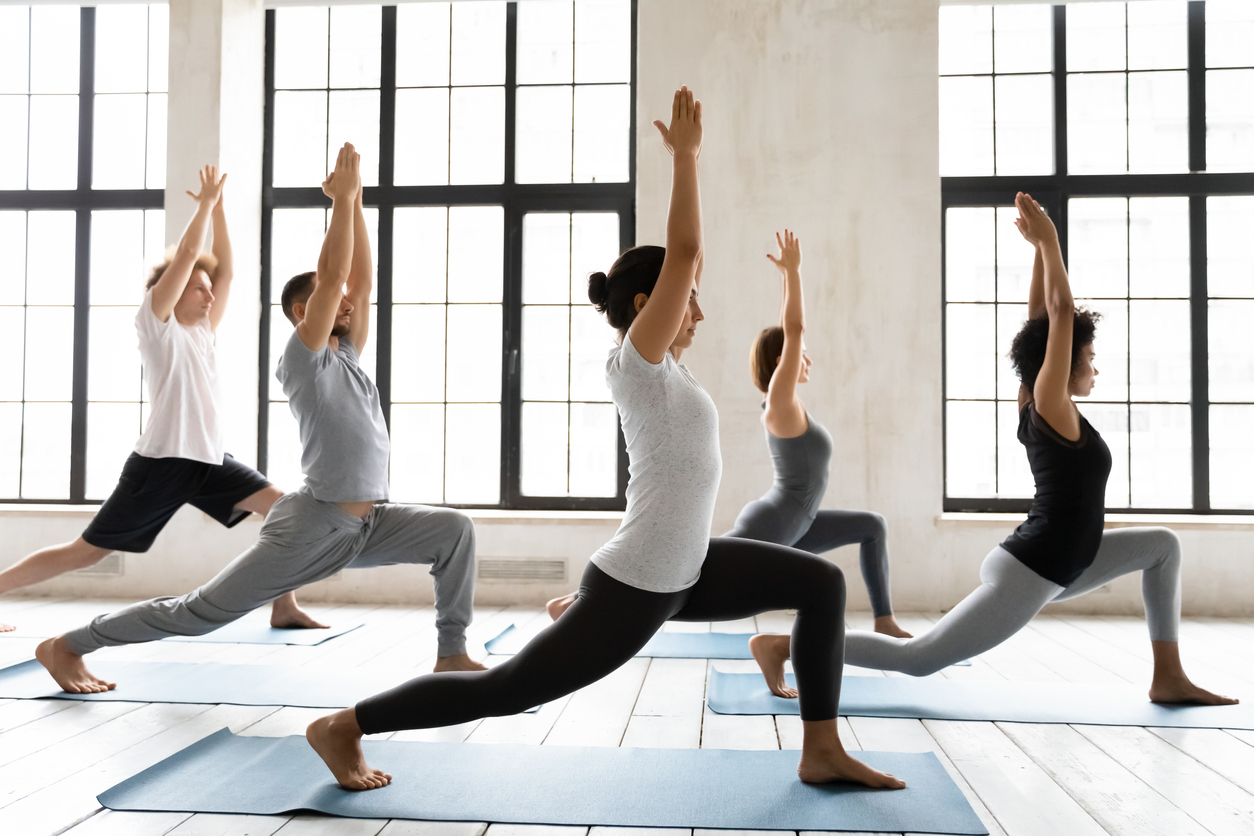Yoga is a complete science of life that originated in India many thousand of years ago, which reached the common man around third century B.C, through Maharishi Patanjali in the form of grant called Yoga sutra where yoga philosophy is described as Astanga yoga. It is the oldest system of personality development in the world encompassing body, mind and spirit. The ancient yogis had a profound understanding of man’s essential nature and of what he needs to live in harmony with himself and his environment. They perceived the physical body is a vehicle, with mind as a driver, the soul as man’s true identity, and action, emotion and intelligence as the three forces which pulls the body vehicle.
Taking into account the inter-relationship between body and mind, they formulated a unique method for maintaining this balance – and that is a yoga. Many peoples are drawn to yoga and they can be kept under three different groups. Some comes to keep their bodies fit and supple – good to look at and to live in. Others come seeking help or relief for a specific complaint, like tension or back-ache and so on. And some others for mental relief and to satisfy their spiritual Urge. Whatever our reason, Yoga can be a tool, instrument for us – giving us both what we came for, and more. To understand what yoga is all about we need to experience it for yourself.
The underlying purpose of the practice of yoga is to reunite the individual self(Jiva) with the absolute or pure consciousness (Brahman ) – in fact ,the word yoga means literally ” Joining “. Union with this unchanging reality liberates the spirit form all all senses of separation , freeing it from the illusion of time, space and causation. The yoga postures or Asanas exercise every part of the body, stretching and toning the muscles and joints, the spine and the entire skeletal system. And they work not only on the body’s frame but on the internal organs, glands and nerves as well, keeping all systems in radiant health.
The yogic breathing exercises known as pranayama revitalize the body and help to control the mind, leaving us feeling calm and refreshed and the practice of meditation gives increased clarity, mental power and concentration. In recent years, medical research has begun to pay attention to the effects of yoga. Studies have shown that regular practice of asana as well as pranayama can help diverse ailments as arthritis, arterio-sclerosis, chronic fatigue, diabetes, asthma, varicose veins, cardiac problems (Heart attacks) and menstrual problems. Laboratory tests have also confirmed yogis ability to consciously control autonomic or involuntary functions such as temperature, heart-beat and Blood pressure.
The most important aspect in the practice of yogasana is the relaxation technique (Savasana). This technique has explored the immediate remedy for the psychosomatic disorders which is wide prevalent now-a-days.Today it has been realized that there can no longer be any doubt of yoga’s effectiveness as both a curative and preventive medicine. Yoga plays a great role in universal peace. Universal peace can be gained through individual peace. Yoga allows the practicner to glimpse a state of inner peace, which in due course paves way for universal peace. Anyone can practice yoga. There is no need for special equipment or clothes just a small amount of space and a strong desire for a healthier, more fulfilled life.
To Be Observed
- Asanas should be practiced early in the morning or in the evenings.
- Practice asanas on an empty stomach. If your practice session is scheduled during the day or the evening, an interval of at least four hours should lapse after the last meal.
- You can take food or meals approximately one hour after practice.
- Wear loose clothes during practice sessions.Concentrate your mind in your forehead through out the yoga.
- Before starting yoga, observe two minutes of kundalini energy in your meditation.Imagine your physical body is inside a pyramid.
- This will enable the mind to avoid unwanted thoughts and focus your kundalini energy during yoga.Daily practice essentials for fast progress.
To Be Avoided
- Avoid practicing if suffering from fever, diarrhea or any other acute condition.
- During menstruation, asanas should not be practiced. Pregnant women should only practice a few simple asanas under expert guidance
- You may feel a slight pain when you first start practicing asanas. Do not worry, for within a week of regular practice the aches will disappear.
- Perform the asanas according to your physical capacities. Don’t practice to the point of fatigue.
- If you perspire while practicing, do not wipe off the perspiration , let it evaporate.



